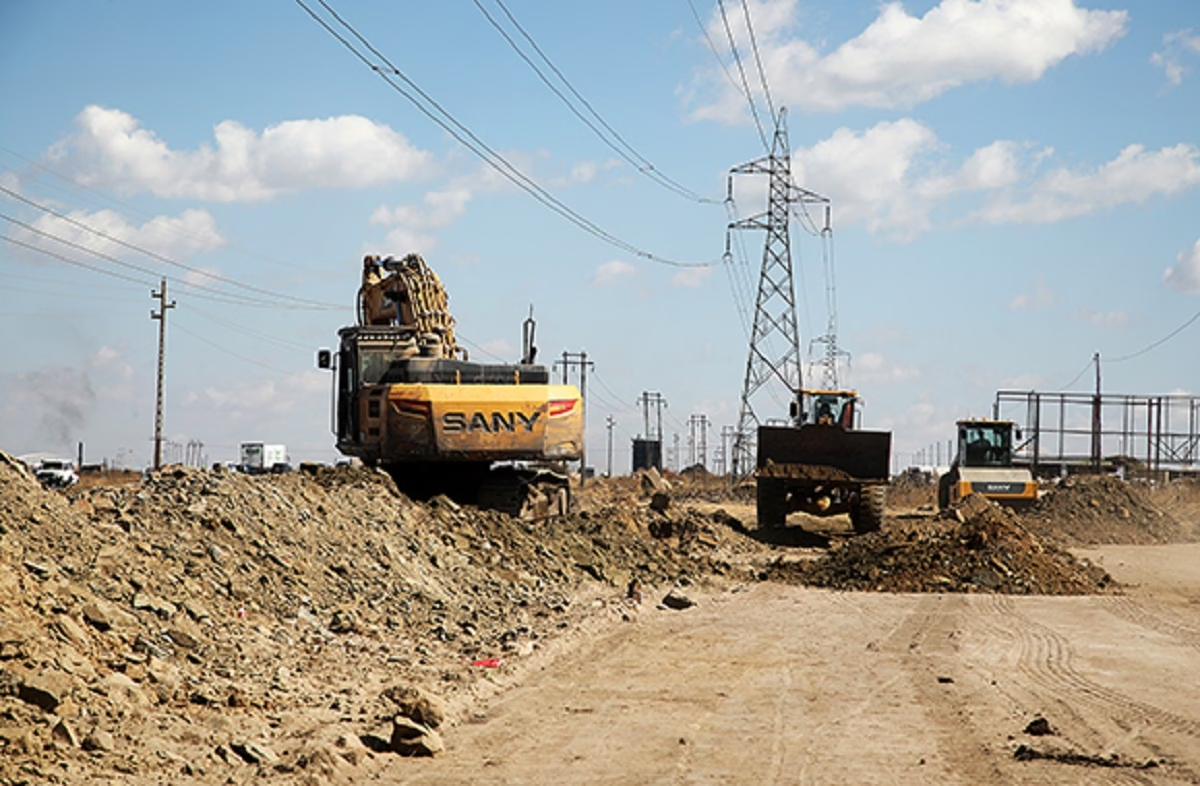
Harare is set to witness a major improvement in traffic management and urban mobility as the Ministry of Transport and Infrastructural Development prepares to commence the Mabvuku Interchange construction, a project aimed at easing congestion and modernising the city’s road network. In line with this development, motorists are being advised of a temporary traffic detour, which will be operational from Tuesday, 9 September 2025, to facilitate safe and efficient construction works.
The Mabvuku Interchange project represents more than a routine road upgrade; it is a strategic intervention designed to address chronic congestion at a critical junction, improve commuter safety, and lay the foundation for future economic activity. The Ministry has emphasised that the detour routes will be clearly marked, ensuring that traffic flows remain manageable while construction progresses. This proactive approach reflects a growing commitment to integrated infrastructure planning and urban resilience.
Urban congestion in Harare has long posed challenges to productivity, economic efficiency, and road safety. The Mabvuku Interchange, by reconfiguring traffic flow and creating a modern junction capable of handling higher volumes, is expected to reduce travel times, minimise road accidents, and provide a more reliable transport corridor for both private and commercial vehicles. Analysts note that such infrastructure projects have ripple effects, including improved access for goods and services, enhanced connectivity between residential and commercial areas, and greater attractiveness for investment.
The temporary detour, while necessary, underscores the Ministry’s prioritisation of safety for both motorists and construction personnel. By pre-emptively guiding traffic along alternative routes, authorities aim to minimise disruptions and prevent accidents, demonstrating a balance between development and public convenience. Moreover, the phased and well-signposted detour reflects lessons learned from past urban construction projects, where poor communication and inadequate planning often exacerbated congestion rather than alleviating it.
Beyond immediate traffic improvements, the Mabvuku Interchange forms part of a broader vision for Zimbabwe’s transport infrastructure. The project aligns with national objectives of modernising road networks, facilitating economic growth, and enhancing urban planning. As cities like Harare expand, strategic investments in transport infrastructure become essential, not only for easing congestion but also for supporting trade, logistics, and urban development initiatives.
The Ministry’s public notice and use of social media tags such as #KILOMETERBYKILOMETER illustrate a modern approach to citizen engagement, ensuring that road users are informed, prepared, and aware of alternative routes. Such transparency and proactive communication are critical in maintaining public trust during periods of disruption, while also highlighting the government’s commitment to efficient project execution.
While some inconveniences are inevitable during the construction phase, experts argue that the long-term benefits will far outweigh short-term disruptions. By creating a modern interchange, reducing congestion, and improving safety, Harare is taking a significant step toward a future-ready transport system that supports economic activity, urban mobility, and the quality of life for its residents.
As the Mabvuku Interchange takes shape, it serves as a reminder that infrastructure development is a critical pillar of urban modernisation, requiring careful planning, strategic investment, and continuous communication with the public. The project not only addresses a longstanding traffic bottleneck but also positions Harare as a city capable of implementing modern, high-impact infrastructure solutions that benefit residents, commuters, and the broader economy.




